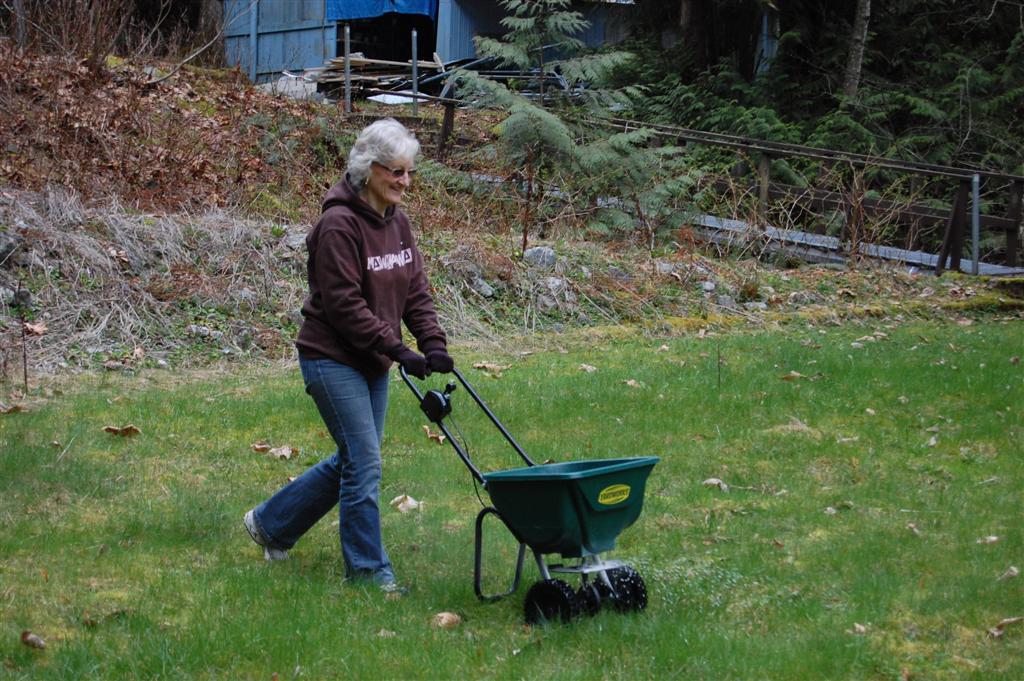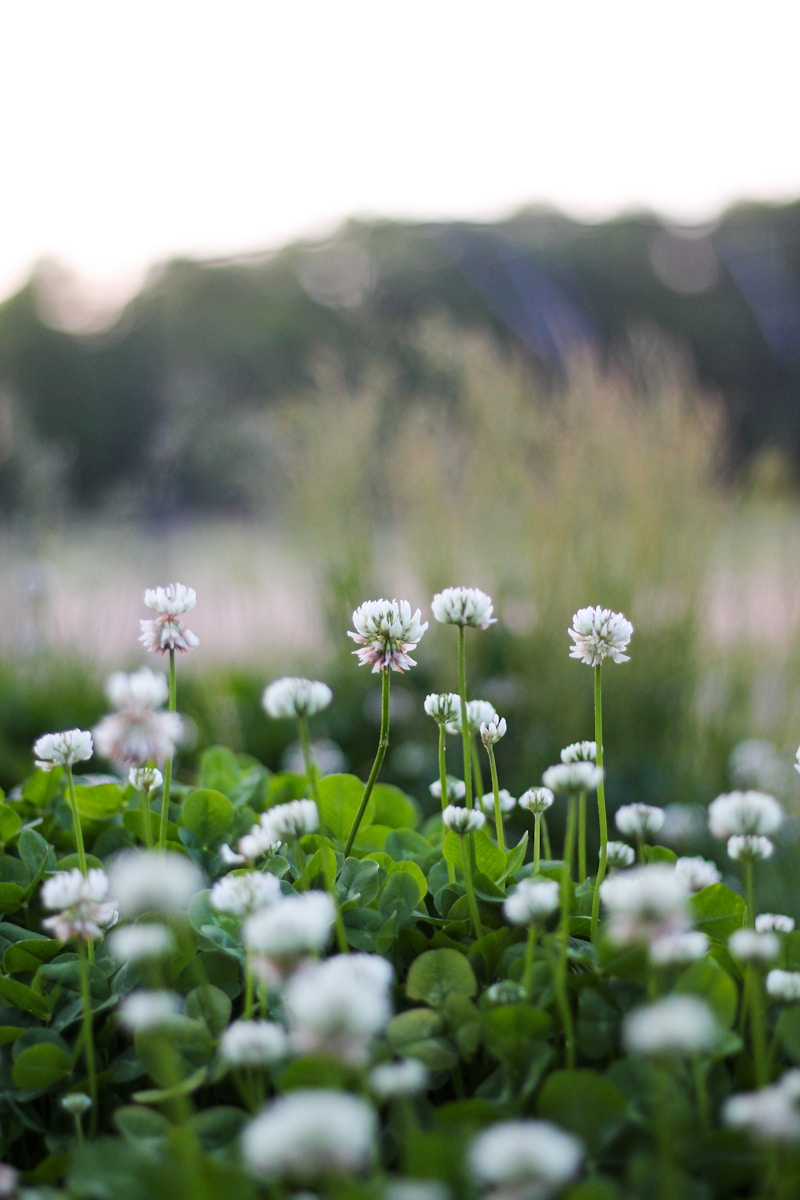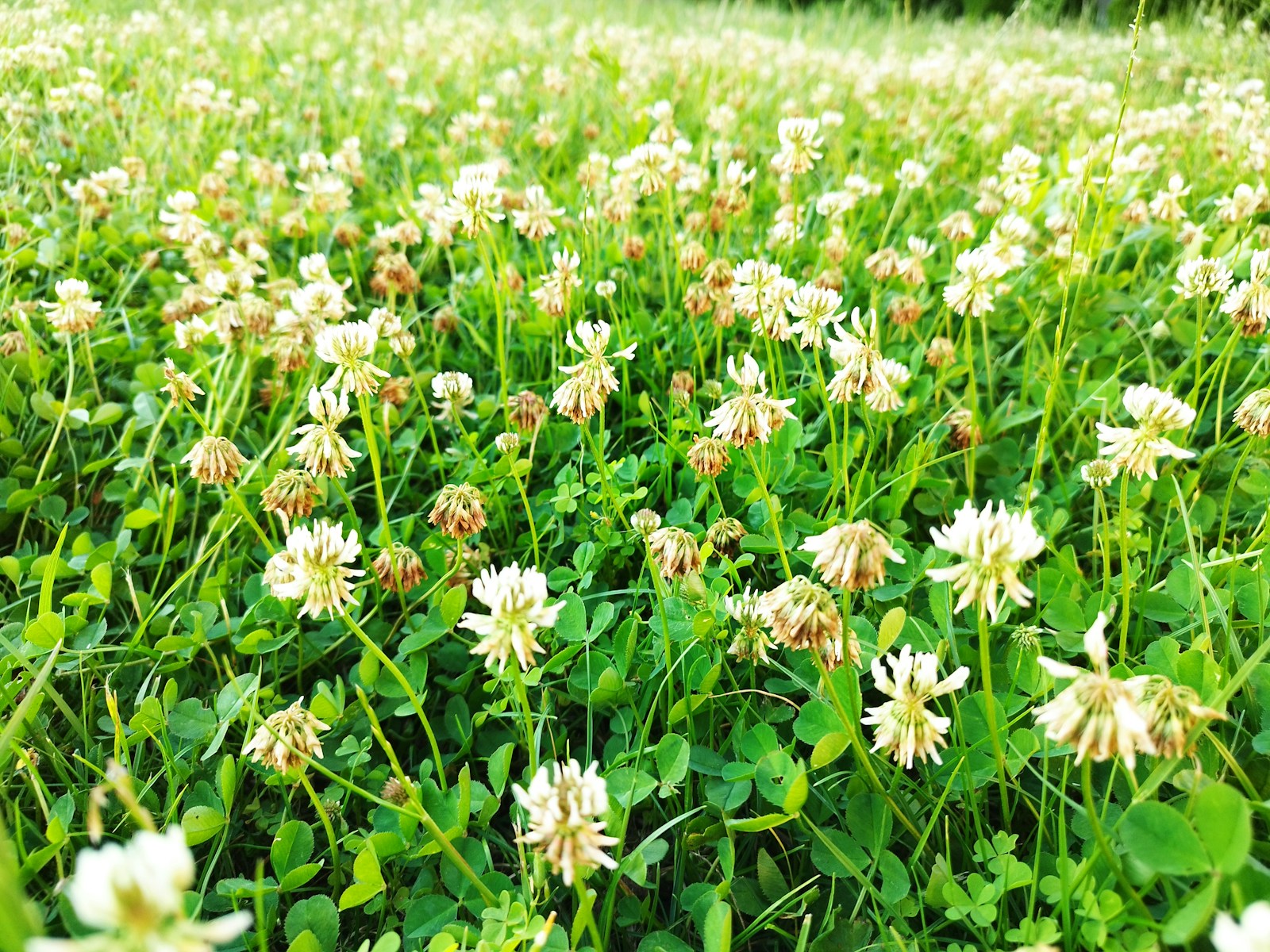A lush, green lawn is the hallmark of a well-maintained yard, but achieving that enviable carpet of grass requires more than just mowing. One key step? Fertilizing at the right time, especially in spring. For homeowners managing cool-season lawns, knowing when to fertilize can make all the difference between a healthy yard and one struggling to thrive.
So, when is the best time to fertilize your cool-season lawn in spring? Let’s dig into the details.
Understanding Cool-Season Lawns
Cool-season grasses, such as Kentucky bluegrass, perennial ryegrass, and tall fescue, are commonly found in regions with cool winters and mild to moderate summers. These grasses grow most actively during the cooler months of spring and fall.
Unlike warm-season grasses that thrive in hot climates, cool-season grasses enter dormancy during summer’s peak heat. This growth cycle makes timing your spring fertilization crucial to encourage robust growth and prepare the lawn for seasonal stressors.
Why Timing Matters for Spring Fertilization
Fertilizing too early or too late in the season can harm your lawn. Applying fertilizer before the soil temperature reaches optimal levels (around 50°F) can waste nutrients and promote weed growth instead of helping your grass. Fertilizing too late can leave your lawn ill-prepared for summer dormancy.
Key Indicators It’s Time to Fertilize in Spring
To determine the right time to fertilize, consider these factors:
- Soil Temperature: Use a soil thermometer to check when temperatures reach 50°F at a depth of 2-3 inches. This typically aligns with when forsythia bushes finish blooming or when lilacs start to leaf out.
- Grass Growth: Wait until your lawn has begun greening up and you’ve mowed at least once. This ensures the grass is actively growing and can use the nutrients effectively.
Best Times to Fertilize by Region
- Northeast (e.g., Boston, MA): Early to mid-April
- Pacific Northwest (e.g., Seattle, WA): Mid-March to early April
- Midwest (e.g., Chicago, IL): Late March to mid-April
- Mountain West (e.g., Denver, CO): Mid to late April
- Mid-Atlantic (e.g., Washington, D.C.): Late March to early April
How to Choose the Right Fertilizer
Cool-season lawns benefit from a balanced fertilizer that supports growth while building root strength. Look for a slow-release formula with these key nutrients:
- Nitrogen (N): Promotes lush, green growth.
- Phosphorus (P): Encourages strong root development (note that some states restrict phosphorus use).
- Potassium (K): Boosts disease resistance and overall lawn health.
Check the bag’s NPK ratio (e.g., 20-10-10) and match it to your soil’s needs. A soil test, available through local extension offices, can provide tailored recommendations.
Step-by-Step Spring Fertilization Process
- Test Your Soil: Before applying fertilizer, perform a soil test to understand nutrient needs.
- Mow Your Lawn: Cut grass to its normal height (not scalping it).
- Apply Fertilizer: Use a broadcast spreader for even application. Follow the product’s label instructions for rates.
- Water Thoroughly: Watering helps activate the fertilizer and prevents it from burning the grass.
- Avoid Overlapping Applications: Over-fertilizing can cause thatch buildup and increase pest risks.
Common Mistakes to Avoid
- Skipping Soil Testing: Applying the wrong fertilizer can lead to nutrient imbalances.
- Over-Fertilizing: Excess nitrogen can scorch your lawn and promote shallow root growth.
- Ignoring Weather Conditions: Avoid fertilizing before heavy rain, which can wash away nutrients.
- Using Fast-Release Fertilizer Only: It may cause quick green-up but can stress your lawn in the long term.
Environmental Considerations for Spring Fertilization
Fertilizer runoff can harm waterways, causing algae blooms that damage ecosystems. To minimize environmental impact:
- Use slow-release fertilizers to reduce leaching.
- Apply only the recommended amount.
- Maintain a buffer zone around water sources.
A Tale of Two Lawns: Fertilizing Done Right
In Raleigh, NC, homeowner Susan followed the steps above, applying fertilizer in early April when soil temperatures hit 50°F. Her lawn thrived, staying lush and green through early summer.
Contrast that with Mike in Denver, CO, who fertilized in late February during a warm spell. By April, weeds had taken over, and his grass struggled to compete. Timing made all the difference.
Troubleshooting Lawn Fertilization Issues
- Yellowing Grass: May indicate over-fertilization or poor nutrient absorption. Flush the area with water and re-test soil.
- Uneven Green-Up: Check your spreader settings for even application.
- Persistent Weeds: Consider a weed-and-feed product if weeds dominate.
Frequently Asked Questions
When is it too early to fertilize in spring?
Fertilizing when soil temperatures are below 50°F can waste fertilizer and promote weed growth.
Can I use organic fertilizer?
Yes, organic fertilizers like compost or manure are great for sustainable lawn care but may take longer to show results.
Should I fertilize after aerating?
Aeration helps nutrients penetrate the soil. Fertilizing post-aeration can enhance results.
Table: Key Fertilization Metrics
| Metric | Optimal Value |
|---|---|
| Soil Temperature | 50°F (2-3 inches depth) |
| Nitrogen Content | Moderate (Slow-release) |
| Application Rate | Follow bag instructions |
| Watering Post-Application | 1 inch within 24 hours |
Final Thoughts
Timing is everything when it comes to fertilizing your cool-season lawn in spring. By understanding your grass type, monitoring soil temperatures, and using the right fertilizer, you can set your lawn up for success. A little preparation now will ensure a vibrant yard that’s the envy of the neighborhood.



